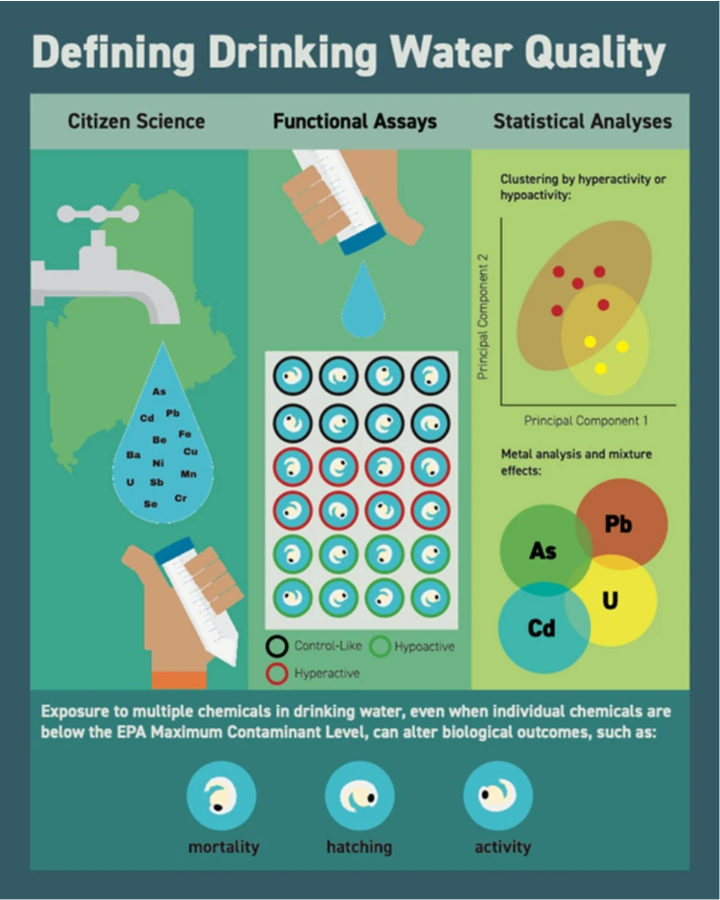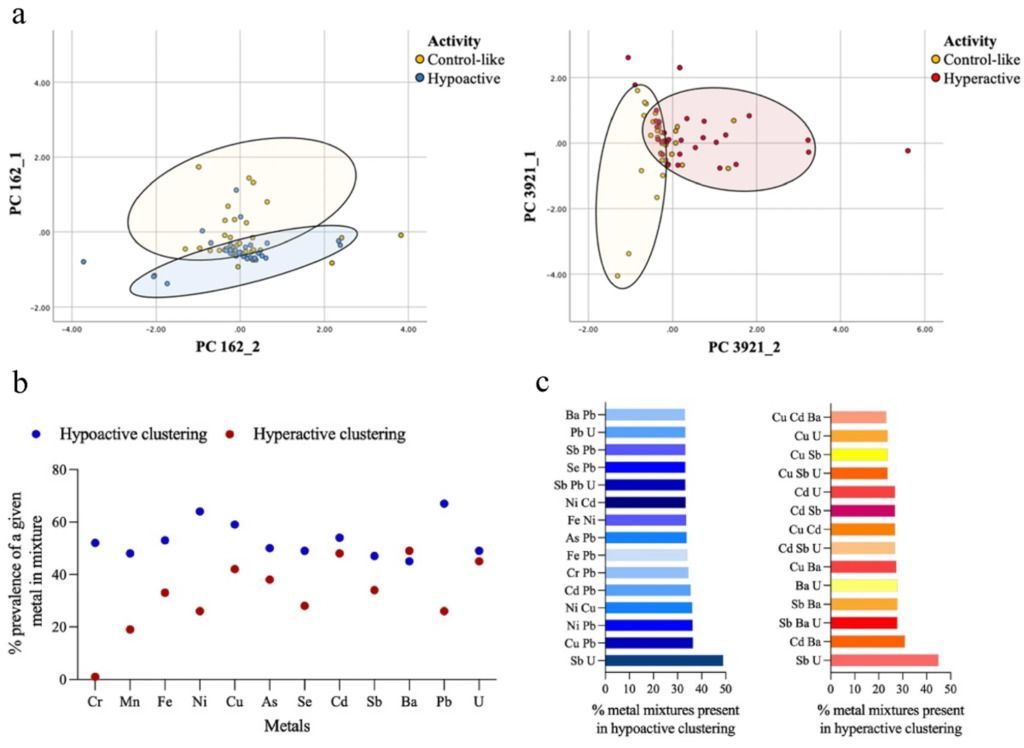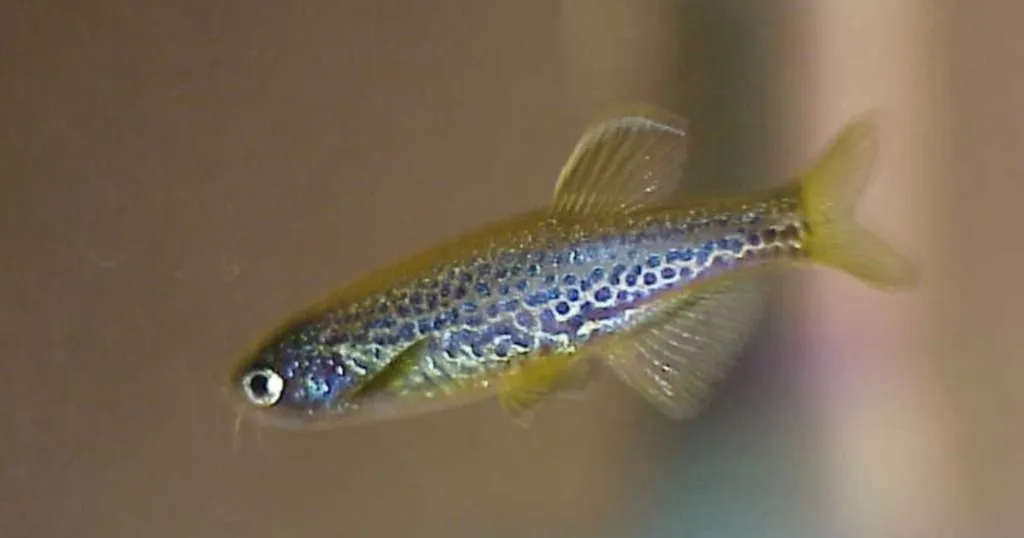Citizen science in research: studying contaminated drinking water with zebrafish

Local residents, students and scientists joined forces to investigate harmful contaminants in drinking water wells in New England. Behavioral effects of these contaminants were studied in zebrafish.
Posted by
Published on
Wed 01 Dec. 2021
Topics
| Danio Rerio | DanioVision | Toxicity |
Almost half of the residents from New England states Maine and New Hampshire depend on private wells for drinking water. Due to natural and human causes, well water in New England often contains contaminations with metals such as cadmium, lead and even uranium, but also arsenic. This causes an important public health concern since chronic or high level exposure to these contaminants have been associated with multiple diseases such as cancers and even impaired neurological development.
Toxic drinking water
Arsenic levels that exceed 5 μg/L has been shown to affect IQ in children. Shockingly, Arsenic levels in 1/3 of wells in Maine tested exceeded 10 μg/L. Early lead and cadmium exposure has also been linked to lower IQs and behavioral disorders in children.
Determining the drinking water quality in Maine and New Hampshire however is limited by two main factors: homeowner participation in water testing and the lack of information related to metal mixture effects and the difficulty communicating this to the broader public.
This is why the University of Maine partnered with local teachers, students, and other scientific partners in Maine and New Hampshire and collected 92 drinking water samples from wells and utilized a multivariate analysis that examined behavioral outcomes in a zebrafish (Danio rerio) model [1].

Image from Babich et al [1]
This citizen-science approach was aimed at an improvement of homeowner participation in well water testing as well as increasing awareness of the potential harm specific contaminant can cause.
Behavioral analysis
The authors performed a zebrafish-based toxicity analysis using Noldus’ DanioVision. Behavioral effects after exposure to metal mixtures in the drinking water include changes in activity levels that are not caused by a single chemical, but rather a result of a mixture effect. This was realized through a cluster analysis.

Image from Babich et al [1]
Surprisingly, some of the levels of these metal mixtures (also with arsenic) are considered safe to drink. These however have still shown to be significant drivers of behavioral toxicity. This emphasizes the importance of monitoring the level of contamination in these drinking water wells and possibly strengthens advocating for improvement of water quality.
The strength of citizen science
Additonaly, this paper proves the utilization of citizen science and how this collaborative work can have a broad impact and even empower local communities to indeed push for this advocation. Also, the societal importance of the use of the zebrafish as a relevant toxicological model is highlighted once more in this study. Although not a direct comparison to human development, the resolution and high-throughput capabilities of the zebrafish make this model extremely valuable.
Eco-neurotoxicology
If you would like to read more relating to this topic, we recently published a white paper on eco-neurotoxicology, which can be found on this page. In this white paper we dive into the topic of contaminated surface and drinking water, and how the latest technology is used to investigate the neurotoxic and/or neuromodulating effects of these contaminants in (for example) zebrafish.
Reference
1. Babich, R.; Craig, E.; Muscat, A.; Disney, J.; Farrell, A.; Silka, L.; Jayasundara, N. (2021). Defining drinking water metal contaminant mixture risk by coupling zebrafish behavioral analysis with citizen science. Sci. Reports 2021 111, 11 (1), 1–11
Related Posts
Zebrafish tracking to uncover subtle effects of embryonic alcohol exposure

Social buffering in zebrafish
